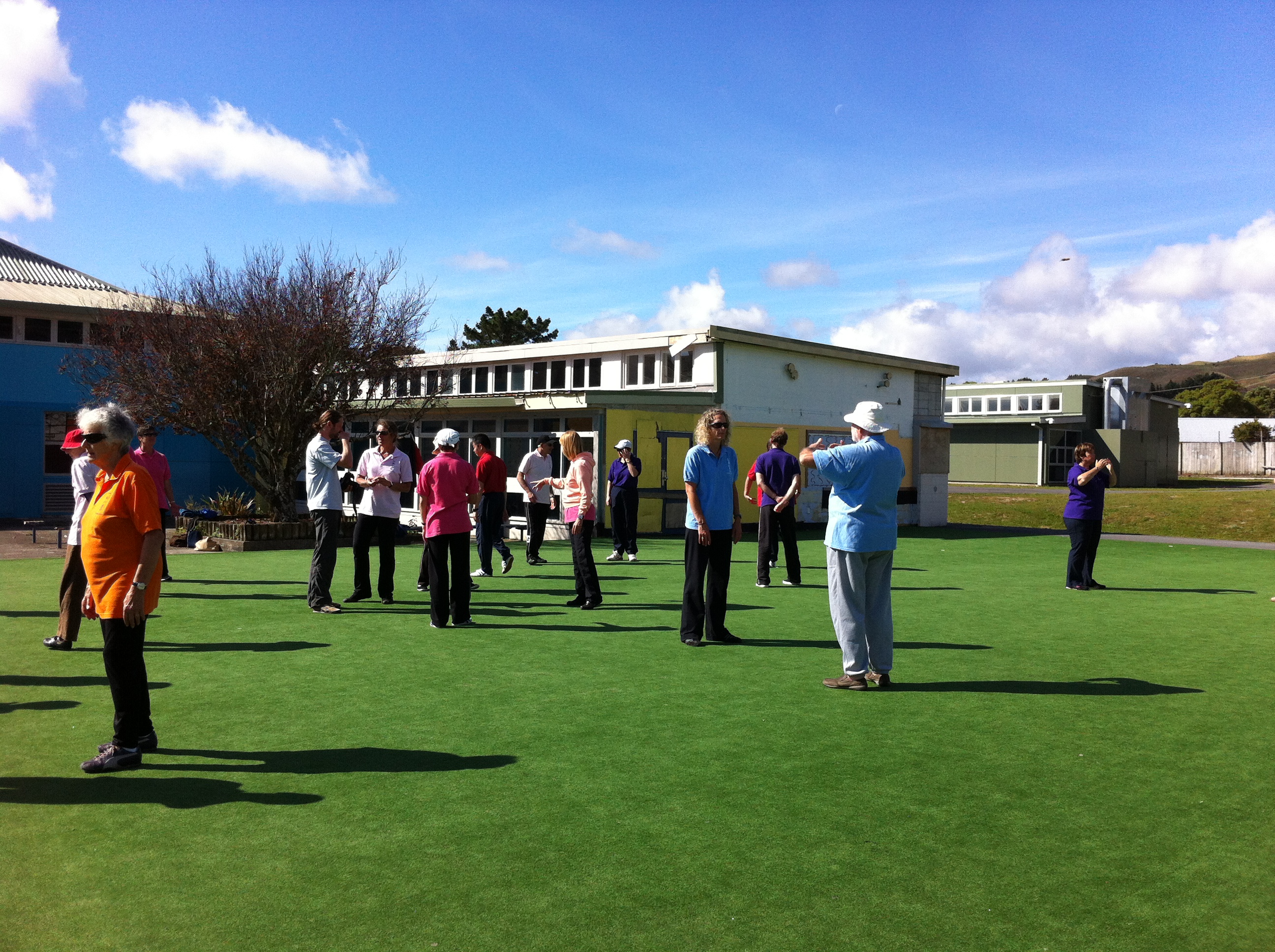Chen Taijiquan
(Tai Chi)
What is Chen Taijiquan?
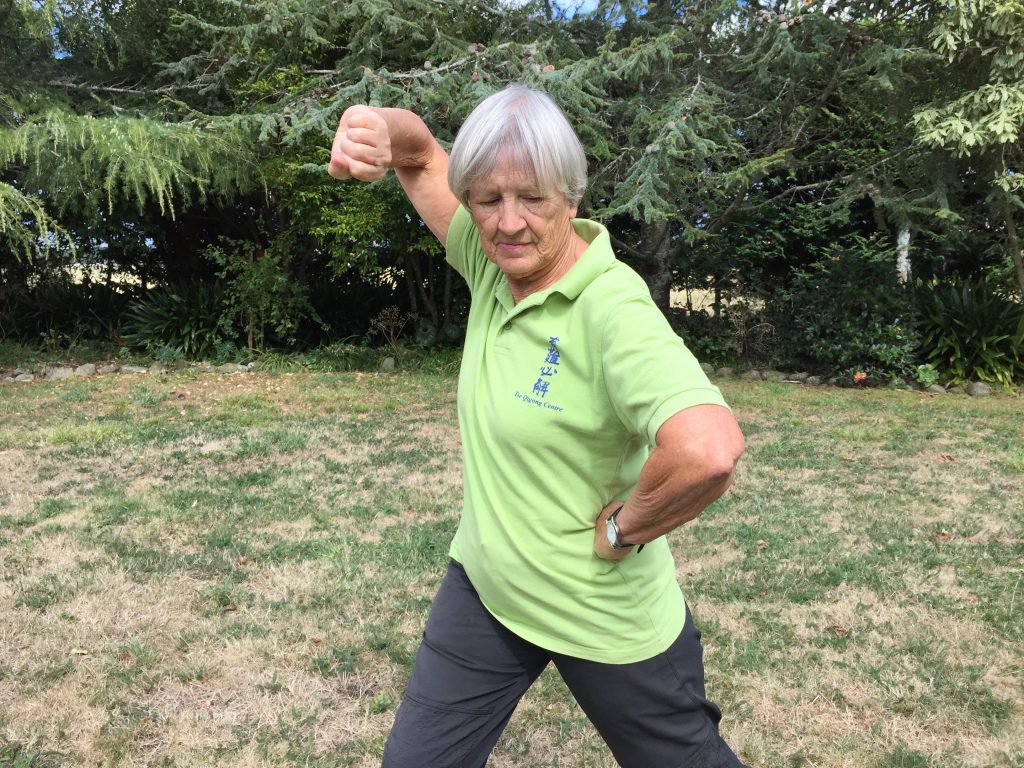
The original style of Taijiquan was created by the Chen family in Henan Province of China. Taijiquan literally means ‘yin yang fist’. The skill covers both external movement and internal training and Chen Taijiquan is characterised by its unique spiral energy used in its martial applications to ‘throw’ an opponent away. As with Dayan Qigong, all movement comes from the waist and it develops good balance as the weight constantly shifts from one side to the other. Relaxation and good posture are also key principles, promoting the circulation of Qi throughout the body and hence regular practice supports good health.
Where is it From?
The originator of Chen Taijiquan is said to be Chen Wang Ting, whose martial arts skill was such that it is said that he single handedly defeated one thousand bandits. He lived in the 16th century and was of the ninth generation of the Chen Family. After an adventurous life as a warrior, he returned to his village to develop his martial skills. Combining movements from Qi Jiguang’s Long Fist with Daoist Yin/Yang theory and techniques of harmonising the breath and Qi, he created five forms of Taijiquan and Pao Chui (Cannon Fist). The Chen Taijiquan skill was passed down from generation to generation within the Chen village and continued to develop with more forms created over time. An early student adapted the skill and taught in Beijing. His skill became known as Yang Taijiquan and other styles developed as well.
Much of today’s Chen teachings can be attributed to Grandmaster Chen Fake. He was responsible for spreading his family’s skill and his exploits are now legendary. In 1957 Chen Fake died and today the head of the Chen skill is Grandmaster Chen Xiao Wang, the grandson of Chen Fake.
Taijiquan in the West
Great Grandmaster Chen Xiao Wang is one of the most famous Taiji masters living today. He is the 19th generation inheritor of the Chen family Taijiquan skill and he is largely responsible for the spread of the Chen skill from East to West, as well as being very famous within China. He began studying his family’s skill when he was just eight years old. His skill and depth of knowledge is truly remarkable.
Grandmaster Michael Tse is a close student of Great Grandmaster Chen Xiao Wang. Having studied with Great Grandmaster Chen for many years he has in turn developed a high level of skill, not only in forms but Tui Shou – Pushing Hands.
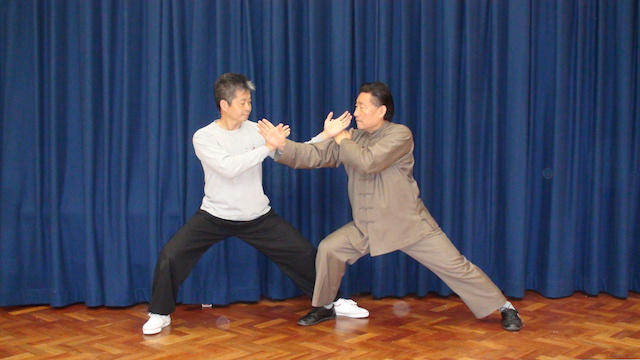
Taijiquan Quan promotes relaxation, good posture, coordination, internal strength, good health."
Chen Taijiquan Comprehensive Syllabus
Chen Style Taijiquan has a very comprehensive syllabus which reflects its origins as a martial art. It has various hand forms including the traditional long forms as well as short forms which have been constructed to help beginners enter the world of Taijiquan more easily.
Chen Taijiquan is one of five skills taught within the Tse Qigong Centre, with instructors trained and authorized to pass on these health enhancing skills.
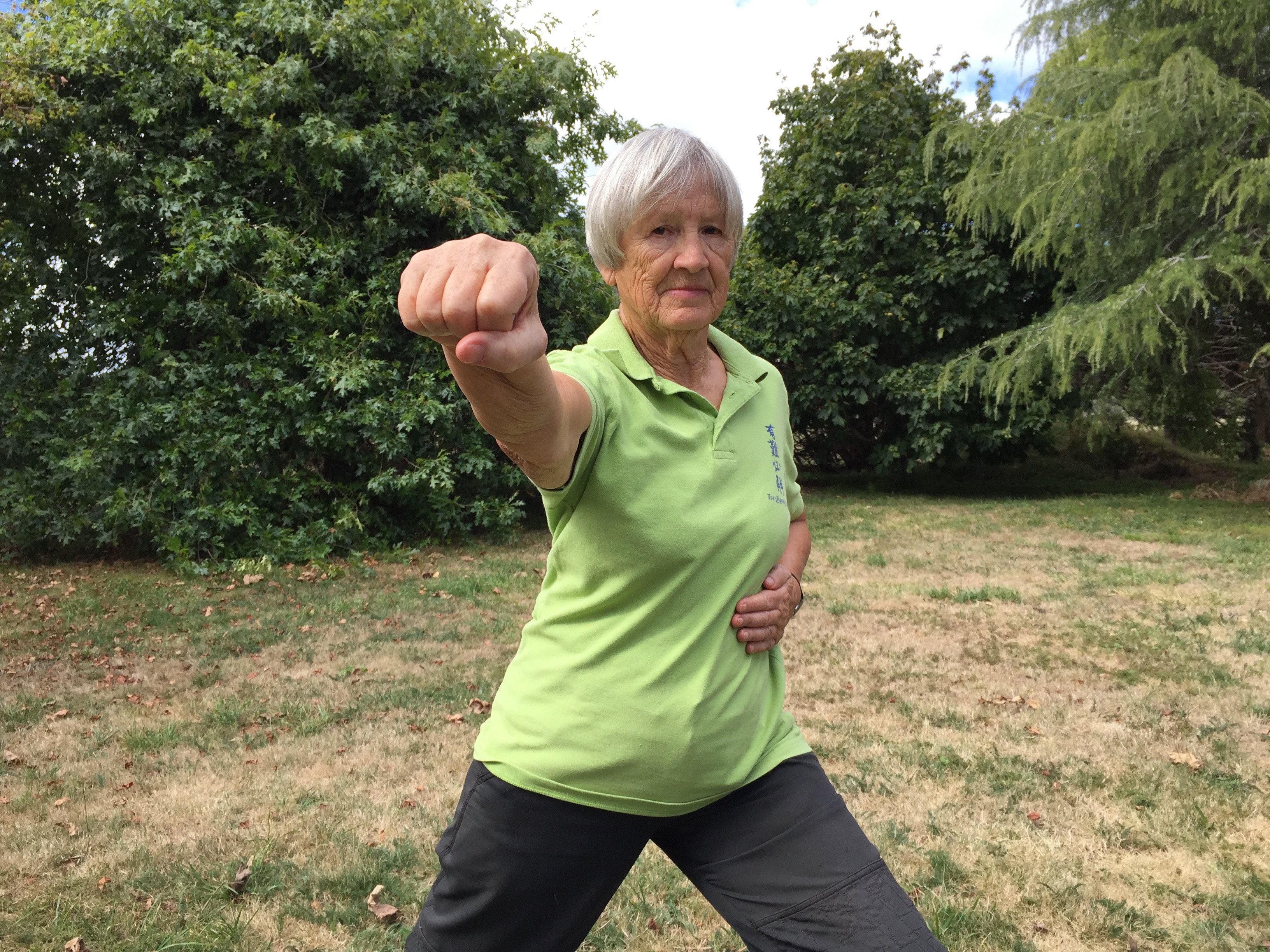
Laojia Yilu (Old Frame)
This is now the first form in the syllabus. This is the original long form of Chen style Taijiquan. It is broken into four parts so beginners can learn the form progressively and develop the fundamental ways of moving in this beautiful skill.
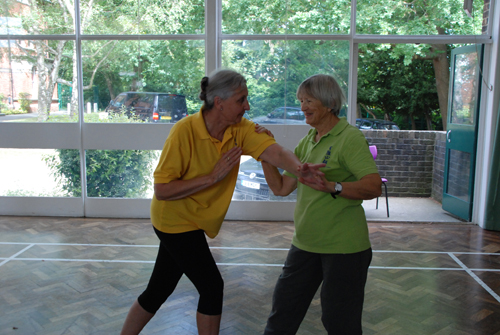
Pushing Hands
Pushing Hands or Tui Shou is an essential part of training if you are interested in the martial arts side of the skill. This is where you learn how to listen to someone else's energy so you can use their strength against them. To begin with there are five patterns to learn which are much like a form, so even if you are not interested in martial arts, they form an enjoyable two man form.
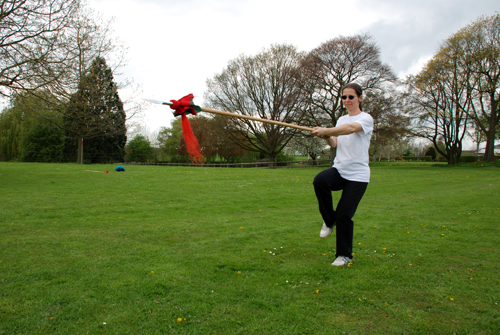
Weapons Forms
Chen Style Taijiquan has many weapons forms. Most styles of Taijiquan have a sword and broadsword form, but Chen has many more such as White Monkey Staff and Jasmine Flower Spear, Spring and Autumn Big Broadsword, Double Sword and Double Broadsword and more besides.
Weekly Classes
Study with fully qualified instructors with many years of experience!


